What is a toilet shut-off valve?
A shut-off valve is a special kind of water flow controlling device that safely conducts the flow of different fluids, especially liquids, gasses, and most pertinent, water itself. Shut-off valves are also called the on-off or triggering valves. In some countries, it is treated as cut-off valves, stop valves, and so on. They are responsible for safely stopping or intermittent the fluid-flowing performance. There are various types of valves like pressure valves, ball valves, gate valves, temperature control valves, globe valves, etc. But whatever the type is, all of them can stop the flow of water into the system. Mainly it is seen on the lower left side beside the toilet in the bathroom. It normally consists of The valve body and the controlling device used to pass the different types of liquids.
Where is it located?
Suppose you are acquainted with the accurate position of water leaking and able to identify the shut-off valve that will stop the water flow. In that case, the repairing work becomes easier to perform. A normal person without any sense of the exact location of the water leakage can not fix this acute problem. But if you know the correct position, then it becomes easier to find the way. In every toilet, the position of the shut-off valve may vary. Let us see those probable positions where this valve may be found and Possible places where the shut-off valve exists,
- The water flows in a home that is situated near the water meter. This valve may normally be seen on the exterior but is always kept inside in cold climates.
- Each toilet has a shut-off valve behind the toilet, probably on the left side of every bathroom.
- A shut-off valve on the cold water pipe meets with the top of the warm water line.
Different types of toilet shut-off valves
Shut-off valves have a wide range of usability. It is used to monitor the water flow in the toilet and the fuel and gas shut-off valve. For making the shut-off valve, many other materials are used like brass iron, carbon steel, alloy steel, stainless steel, plastic or polypropylene, etc. The build-in material varies the solidarity and durability of the material. But carbon steel and iron materials are the most common in terms of durability. There are tons of types of shut-off valves which I will try to describe,
Gate Valve
The gate valve is the most familiar type of valve that the plumbers install. In other words, the circular handle is turned to raise or lower a metal gate inside the valve body. The strategy lies within the name itself. The gate works as the system’s controlling agent and full engagement with the water supply line. It is more like the sluice gate that administers the entry and exit of water. 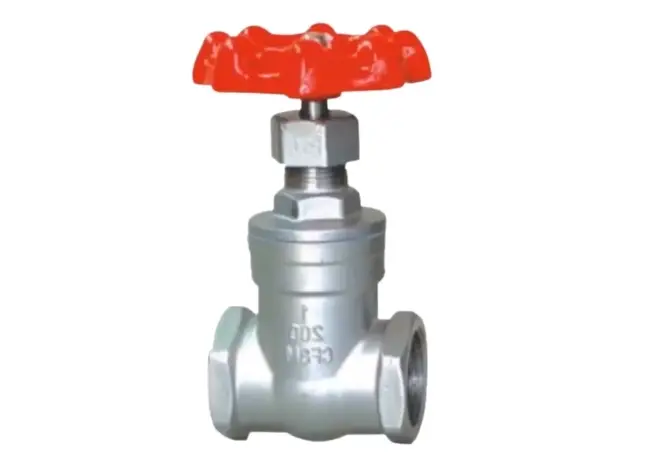
Ball Valve
This is probably the most available valve in the market. If we think about the main supply line of the house, then the most common thing that comes to our mind is the Ball Valve. The hole is aligned with the direction of the water pipe, allowing water to flow. The ball valve is normally turned into one-fourth directional rotation.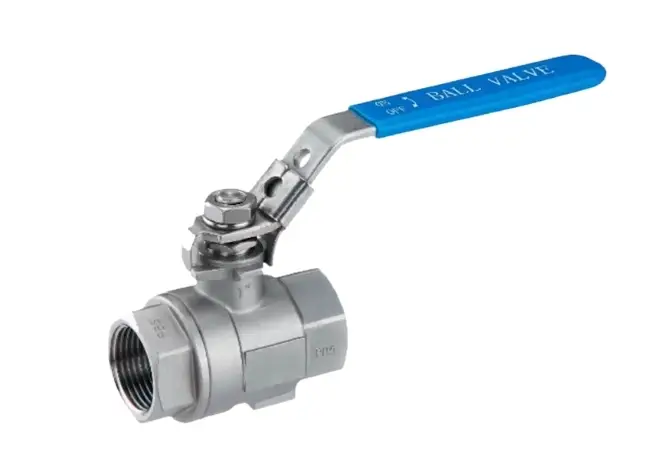
Angled Shut-Off Valve
The shut-off valve is nothing but the modified version of the previous one. This makes water shut off for temporary replacements and water construction works, but the main theme is performing the works without hampering the fixtures of the module. This type of Shut-Off Valve is ideal for those toilets where the tank is concealed in the walls.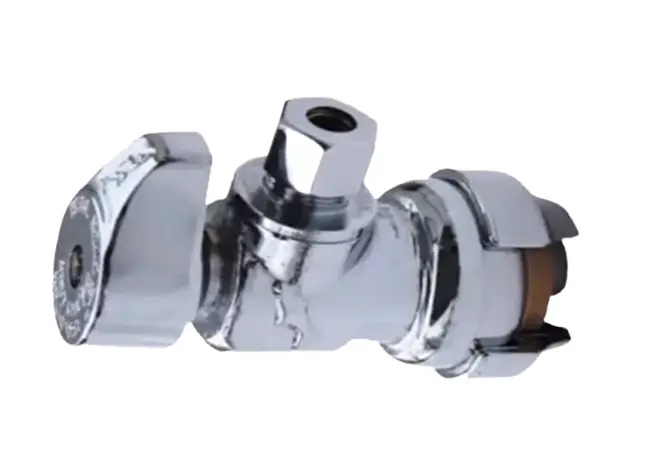
Straight motion Shut-off Valve
This one is probably the simplest Shut-Off Valve among them all. This one is used in those places where the flow of the water should run straight to the fixtures. The flow of water here is one-directional here. 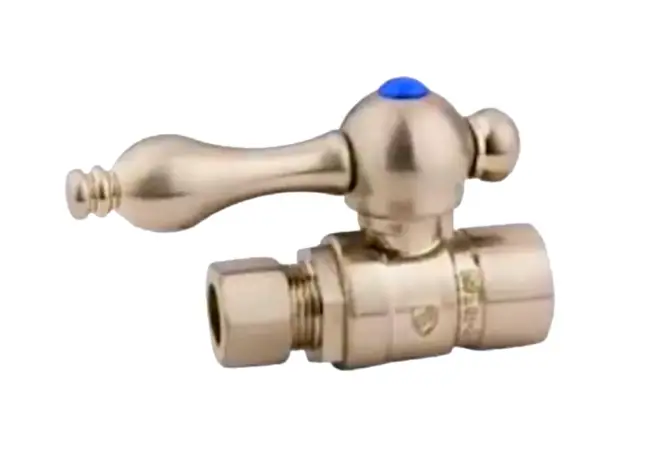
Push-on stop Valve
The push-button valve is similar to the ball valve. Its main work is to obstruct the flow of the water for a shorter period of time. It is mostly made of non-porous elements like copper, PEX, and other elements.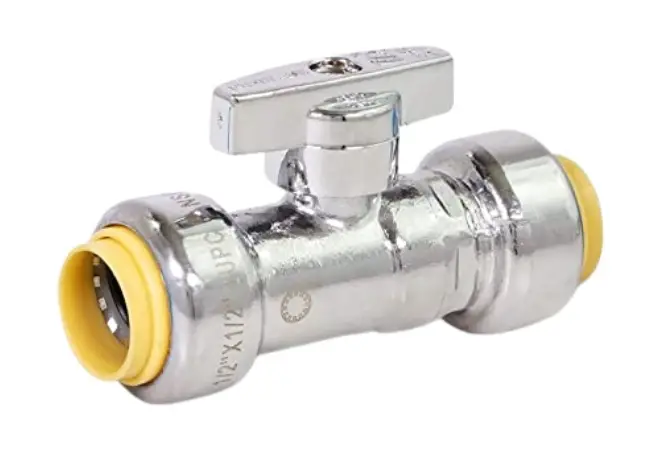
CPVC Shut-Off Valve
It is a robust plastic material that is hard and durable. This has been used worldwide, and it is more seen in the industrial and commercial aspects. It is found in many colorful choices and decently serves the aesthetical aspect.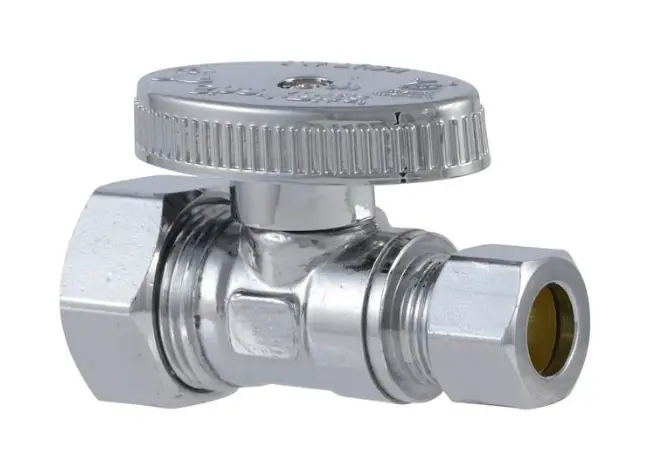
How to replace the toilet shut-off valve?
Replacing a shut-off valve seems an arduous job. The shut-off valve can control the entrance of water in the toilet tank. And if you encounter something unnatural in the shut-off valve, then it might be the time that you need to replace the valve. Most people do not know how to change or replace this portion in the toilet. For their convenience, here we will depict the whole procedure in a nutshell,
Stage-1
In the very first stage, we need to locate the main water supply line. Then turn off the supply of the water line. Then flush the toilet to remove all the water from the tank of the toilet.
Stage-2
Then introduce a wrench and carefully disconnect the hose of the tank by turning the wrench clockwise until the hose is entirely detached from the pipe.
Stage-3
After detaching the old flush valve from its actual place using the wrench, then apply the new usable valve and tighten that with the help of a wrench.
Stage-4
In this step, reconnect the hose line to the pipe. For this, you need to rotate the wrench counterclockwise. Then turn on the water supply line and check whether the shut-off valve is working. By maintaining these steps, you can easily change the shut-off valve without the help of any professional.
Hi, this is Robert Crossan, the owner of this website, has 17 years of experience in the installation, maintenance, and repair of toilets and plumbing systems. After completing the Level 2 Basic Plumbing course in 2005, I started working in both domestic and commercial buildings as a professional plumber. So I can figure out the core difference between different toilet models and brands. It also helped me monitor their work performance and setbacks.
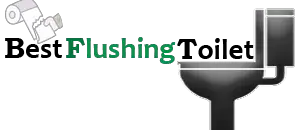
![How to Turn Off the Water to the Toilet? [Shut Off Water Supply] how to turn off water to toilet with no valve](https://bestflushingtoilet.org/wp-content/uploads/lost-communication-with-the-throttle-actuator-control-module-8-150x150.jpg)








